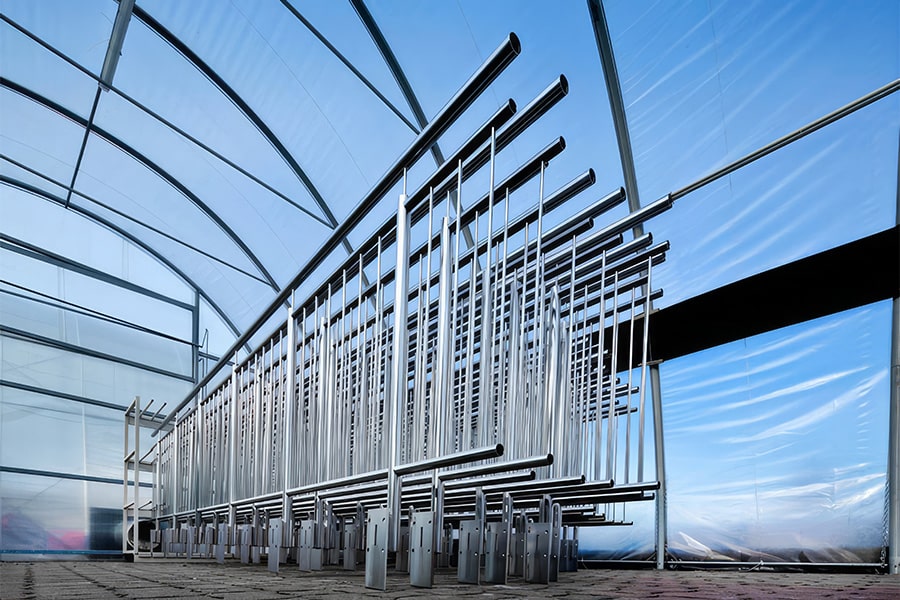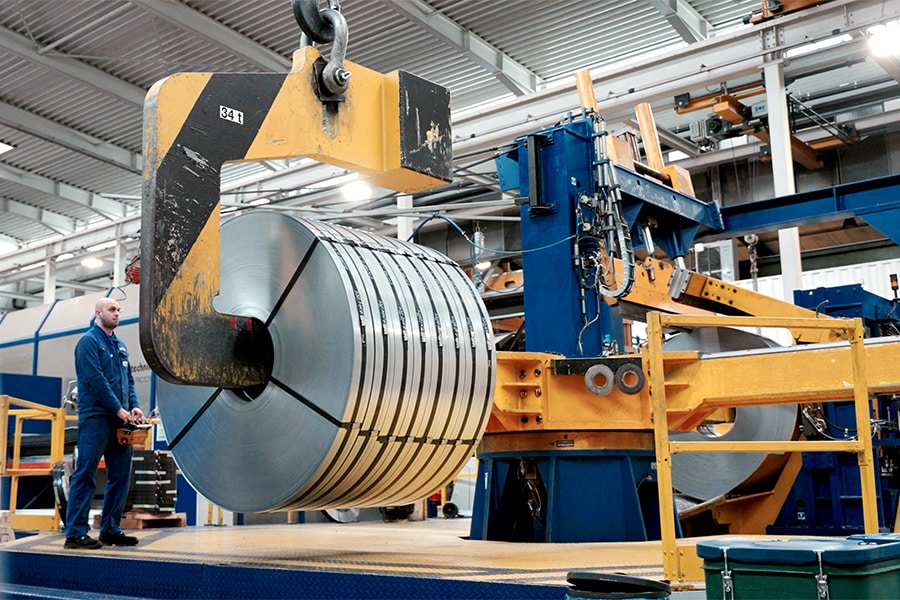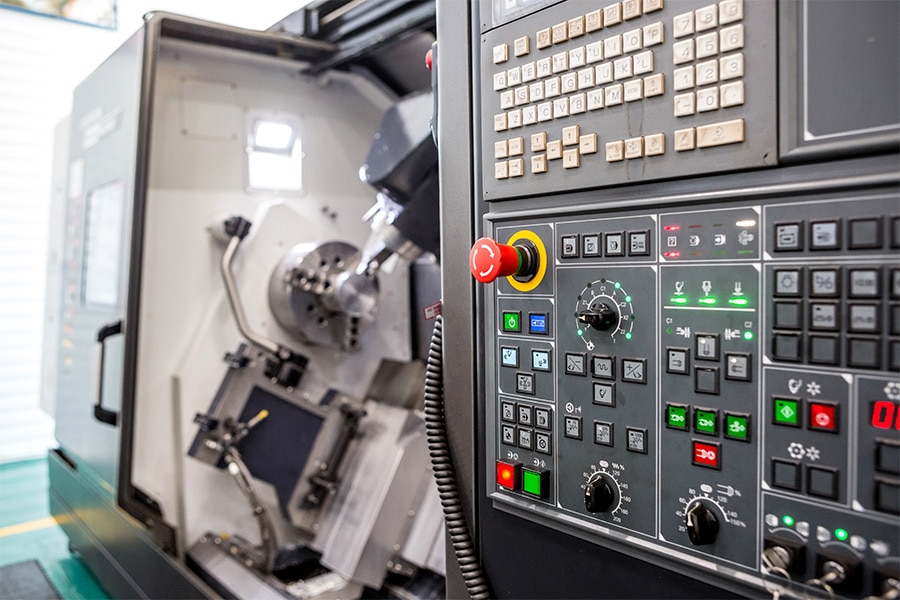
The benefits of automatic deburring
New technology gives manufacturing companies more ways to customize their pieces for customers. Cutting pieces has been faster than ever since the introduction of the fiber laser. As a result, the bottleneck has shifted to other processes, including deburring. After all, customers today demand nothing less than perfection. Pieces coming off the laser cutter are often still deburred or rounded, or the oxide skin is removed. Anyone who wants to remain competitive will also have to look at how these processes can be automated.
By the way, deburring means more than simply removing burrs left by the laser cutter, punch or plasma cutter. It also involves rounding off sharp edges and polishing the surface. More deburring, more deburring. It's the traditional approach in the workshop when an order needs to get out the door in a timely manner. But we don't have to tell you how expensive that extra pair of hands has become. Moreover, you want to make the most of that technical knack of your employees, because finding additional personnel is becoming increasingly difficult. Further reasons to look forward to a different approach are the lack of consistent quality, the lack of efficiency, and the evolution to make the workplace as safe as possible. For all these issues, an automated deburring machine can be a solution.

Many invisible costs in manual deburring
The search for the right deburring solution for your shop starts with clearly defining the quality the pieces should be when they come out of the machine. Knowing what finish the customer wants is the first step toward the right machine and greater efficiency. Only deburring or also rounding? In one pass or in two?
In addition, you would do well to take a moment to consider the costs involved in manual deburring. It's not just about the pieces that come off the machine correctly and for which your deburrers connect the dots. But also what happens if the machine wasn't perfectly tuned and causes a whole batch of extra deburring. Does it go to waste and you re-cut the pieces? Or do you look for extra manpower in the shop to get all the pieces right? It's not easy to understand exactly what manual deburring processes cost you. But the sum total shows that the payback times of automatic deburring machines often pay for themselves quickly.
More ergonomics, more quality
Another important element: creating a pleasant working environment for your employees. Deburring, rounding, polishing, these are repetitive and burdensome tasks for which most are not eager. It makes sense to take these tasks out of the hands of your operators and have them done by machines, especially since the technology is mature enough and has become affordable. All operators then have to do is place the pieces on the machine's infeed conveyor and select the appropriate program.
That last step, by the way, can also be automatic. For example, if they scan the barcode of the piece or batch, the machine immediately knows what to do and how to control its brushes and heads. And the quality? Yes, it's good. Even on Monday morning or Friday evening, the pieces come off the belt perfectly no matter who put them on the conveyor. This results in better and more consistent pieces. And isn't that what your customers want?



